Since agriculture began thousands of years ago in ancient Mesopotamia, technical advances have been constant. Technology goes hand in hand with agriculture because the farmer has always sought to facilitate the hard work that involves the field. From the moldboard plow to tractors connected via satellite to your mobile phone, technology in agriculture means advances and improvements in the efficiency of your farm.
Agricultural engineering is one of the most dynamic and far-reaching areas of New Age technology redefining the farm sector. Its rapid growth was primarily driven by the demand for more food for the world’s growing population.
What we understand by technology in agriculture
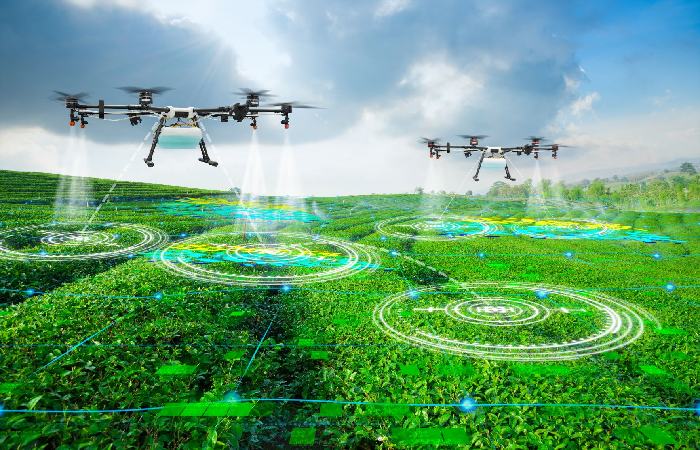
We can define technology in agriculture as any tool that represents an advance in the working model and improves the efficiency of a farm. Although we hardly perceive it, many of the activities and tasks carried out in a working day in the field involve the use of technology.
In the field, technology must meet three objectives:
- Facilitate, or directly carry out, the work of farmers.
- Increase crop yields.
- Save on production inputs.
Technology in agriculture
The idea is to carry out agricultural tasks with the minimum time and the minimum possible personnel. For example, think about the breakthrough made by the tractor. The use of the machine implied a substantial improvement in work efficiency compared to animal traction. Today, the most powerful tractors allow a job to be done in much less time than the first ones invented.
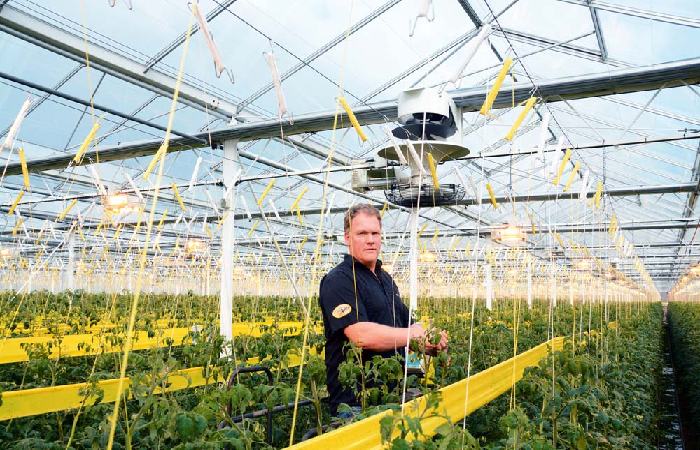
Farmers are aware of the advantages that technology offers in agriculture, so the vast majority want to use the most up-to-date and advanced possible. In these times, the technification of the field has reached such a point that we are already talking about intelligent agro, agrotech, or Agricultural Technology —all concepts that we can summarize as precision agricultur.
In recent years, the adoption of digital technology in precision agriculture has been changing the way farmers treat crops and manage fields. It does not take an expert to see how technology has changed the concept of agriculture, making it more profitable, efficient, safe, and straightforward. Among other technologies, farmers have chosen five that they consider the best:
- GIS and GPS software for agriculture
- Satellite images
- Drone footage and other aerial footage
- Agricultural software and online data
- Data set fusion
As a result, modern farms reap significant benefits from digital farming technology and its constant evolution. These benefits include reduced water, nutrient, and fertilizer consumption, reduced negative impact on the surrounding ecosystem, reduced chemical runoff into local groundwater and rivers, higher efficiency, lower prices, and much more. In this way, the business becomes profitable, intelligent, and sustainable. Let’s take a look at some of these agricultural technologies.
GIS-Based Agriculture
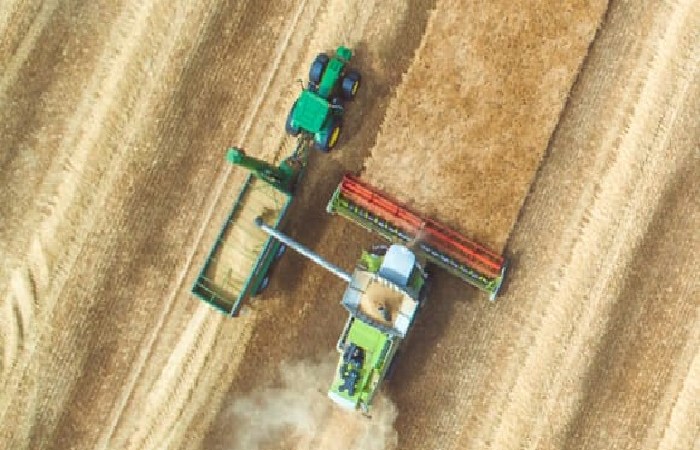
Since the fields are location-based, while not new, agricultural technology based on GIS software becomes a handy tool for precision farming. Using GIS software, farmers can map current and future changes in rainfall, temperature, crop yield, plant health, etc.
It also enables the use of GPS-based applications and technology in line with intelligent agricultural machinery to optimize the application of fertilizers and pesticides; Since farmers do not have to treat the entire field, but only certain areas, they can save money, effort, and time.
Another great benefit of GIS-based agriculture is the application of satellites and drones to collect valuable data on vegetation, soil conditions, weather, and terrain from a bird’s eye view. These data significantly improve the precision of decision-making in agriculture.
Satellite Data
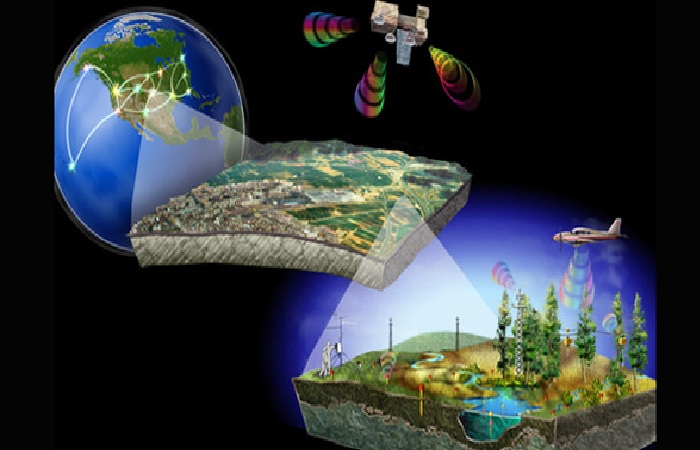
Thanks to satellite data, technology has made it easier than ever to predict field performance and conduct near real-time field surveillance for different types of threats, with technology applied to agriculture.
The sensors can image in various spectra, allowing the application of numerous spectral indices in agriculture, such as the Normalized Difference Vegetation Index (NDVI). The NDVI enables the detection of vegetation content, the number of wilted plants, and the general health of the plants. Another index is the Canopy Chlorophyll Content Index (CCCI), which aids in applying nutrients.
The Normalized Difference Red Edge (NDRE) detects nitrogen content. And finally, the Modified Soil Adjusted Vegetation Index (MSAVI) is designed to minimize the impact of the soil in the early stages of plant development. The list goes on, as there are many more indices that can be applied in agriculture.
Data From The Sky: Drones
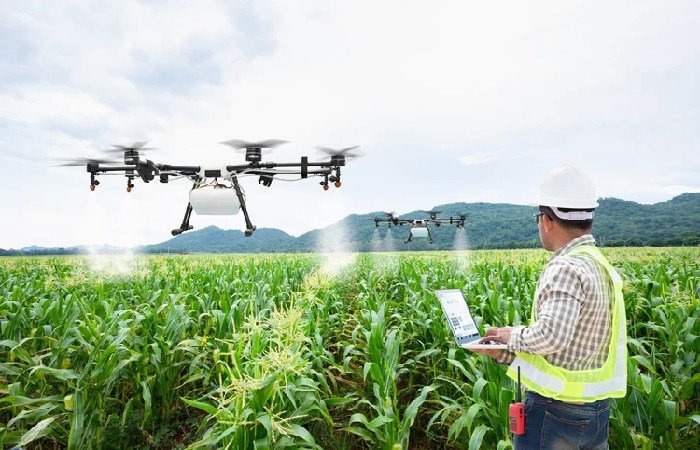
With the help of drones, farmers thus have a technology used in agriculture to help define with great precision the biomass of crops.
The height of plants, the presence of weeds, and the saturation of water in some regions of the field.
This modern agricultural technology provides better and more accurate data with higher resolution compared to satellites. When operated locally, they provide valuable information even faster than scanners. Drones are also considered unrivalled helpers of agriculture in the battle against insects.
The invasion is prevented by spreading the insecticide in the danger zones with them so that people’s probability of direct exposure to these chemical elements is reduced.
Even though drones are an accessible technology to use and can collect large amounts of data in short intervals of time. There are still problems when they are used constantly, as they are not cheap.
Drones are almost useless when mapping or surveillance of large areas is required. It is better to complement this technology in agriculture with satellite observation of already mapped locations, specifically in regions requiring double verification.
EOS Crop Monitoring
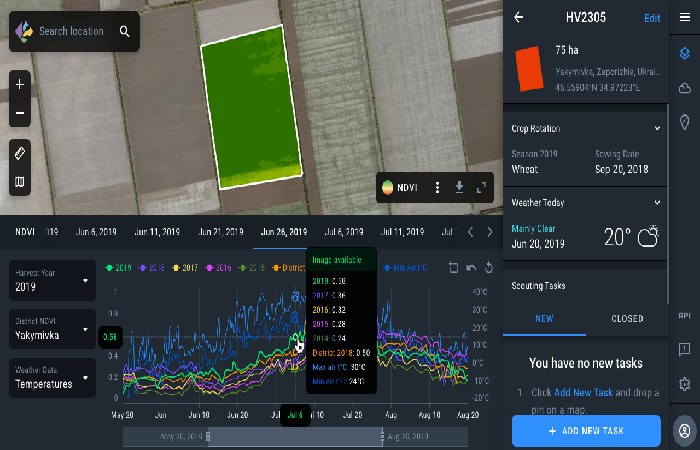
Access high-resolution satellite images for effective field management.
Online Data: The Key To Precision Farming
To simplify observation in the field, EOS has designed Crop Monitoring. This digital platform uses satellite monitoring technology to speed up farmer decision-making so that no crucial point of treatment miss in the field. These are some of the technologies applied in precision agriculture available on the platform:
Crop Monitoring
It enables the Normalized Difference Vegetation Index (NDVI) to be used to monitor crop health. This index used in agriculture measures the amount of chlorophyll in plants, which allows obtaining information on their status. The higher the value obtained from the NDVI, the healthier the vegetation will be since chlorophyll indicates the plant’s health.
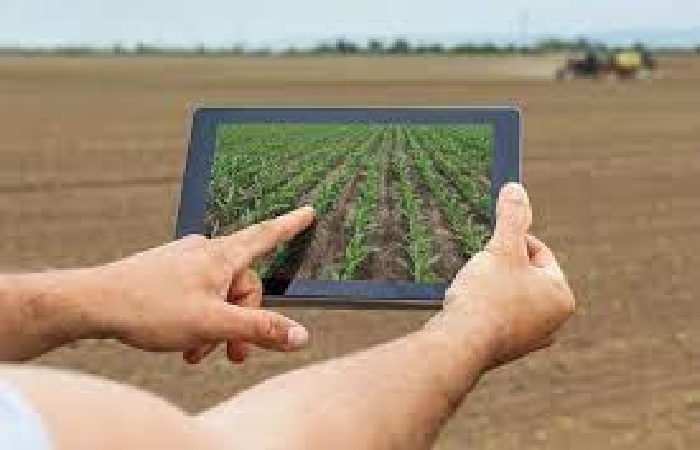
Critical technology
Another critical technology in precision agriculture is the Scouting application. It is an application for both mobile and desktop that uses digital field maps. A farmer can multi-task scouts using this app in just a few clicks.
Add a field, mark a point on the map or set a task. Once the task assigns, the scout can go directly to the selected location and check the problem area, inspect the activity of pests, the growth of weeds, etc., keeping a record in the same application.
This technology allows inspection of problem areas only when necessary, thus saving a lot of time to take the required preventive actions.
Time analysis
By analyzing meteorological data in line with data on plant health obtained using satellite imagery technology, farmers can precisely apply irrigation and avoid frost or heat damage.
For example, one of the best methods in agriculture to avoid drought problems is drip irrigation with automatic or manual valve control.
So that the farmer can apply the necessary amount of water in dry areas.
The benefit of Crop Monitoring
The most significant benefit of Crop Monitoring is the fact that it is based on satellite imagery technology. The implementation of this technology in agriculture helps to analyze the conditions of the field.
The state’s specific areas and extracts valuable information on the fly.
Thus accelerating the optimal reaction time and making reliable decisions:
It crops to plant, when to harvest, how to effectively plan the following season, or how much nutrients and fertilizers to apply, among many other things.
Combining Data
Occasionally Crop Monitoring has to mix multiple data sets to obtain valuable information for its fields. For starters, the user can compare the performance of his field to the average version of all lots in the area in question.
To meet this challenge, multiple data sets were obtained from all the fields in your area compare. For now, these comparisons are only available using the NDVI vegetation index. Still, implementing this technology in agriculture will shortly have other indices analytics within the platform.
Another valuable feature that employs numerous data sets is the analysis of meteorological data.
This technology consists of the following options:
- Death Winter ( ” Winter Kill “) notifies you of shallow temperatures threatening their winter crops.
- “Cold Shock” indicates the days when the temperature dropped below -6ºC to assess the damage in the first crops due to frost.
- “Thermal shock” reflects the days with temperatures above + 30ºC to evaluate the damage of heat stress.
This technology also includes other features used in agriculture and the ability to monitor rainfall and temperature.
What is the cost of taking advantage of technology in agriculture
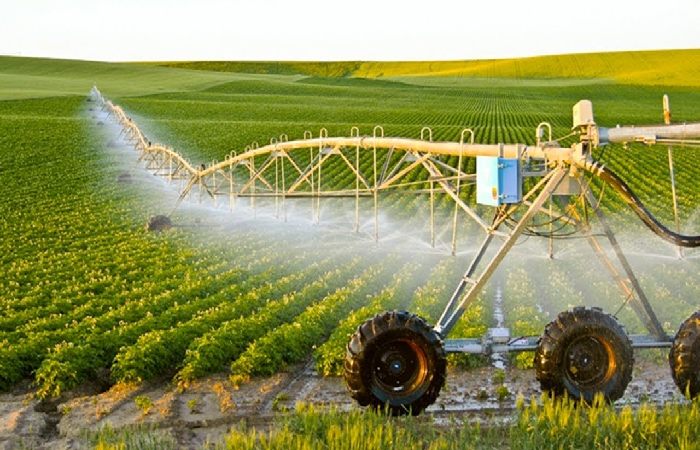
Technology must help optimize the profitability of a farm, so it must be economical. Only then will it be worth implementing. For example, a machine used to collect olives from an olive farm should cost less than that of doing the harvest manually.
The digitization of the field allows increasing the yields of a farm and reducing inputs. Applying precision agriculture to crops, better prepares the land, provides the plants with only the necessary nutrients.
The exact pesticides to fight pests and diseases that affect them, and better distribute the inputs in the field.
Again, if technology will benefit the farmer, its price cannot be higher than the benefit it entails. For example, a fungicide for a wheat crop that allows harvesting 10% more cannot exceed, per hectare, the value of 10% of the harvest obtained.
Benefits of applying technology in agriculture
As we have seen, precision agriculture, thanks to technology, allows farmers to save costs. Thanks to advances, applying water and fertilisers is no longer necessary.
And also, pesticides uniformly throughout the farm, with the associated cost. On the other hand, technology allows using the minimum amounts required and to do it in specific areas, really those that need it.
One of the great benefits for the farmer of the use of any agricultural technology is the saving of time. Whether you use a plough or a drone, both tools allow you to perform tasks in much less time than if you did not have them.
Herein lies one of the keys to technology. With that factor in mind, the management software can create. They make it easy to organize paperwork. For example, digitizing the field notebook, noting the costs of the work carried out, etc.
Having all the information related to the plots on a mobile device, among other things, will save you a lot of work at the end of the campaign.
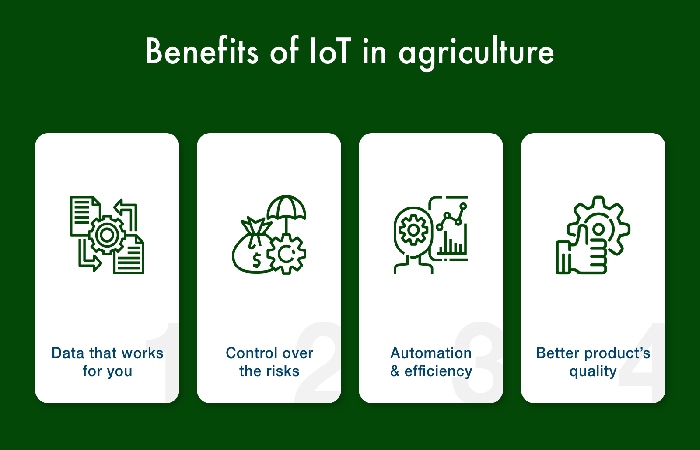
Thus, we can summarize some of the benefits of technology in agriculture as follows:
- Increases the productivity of crops.
- Lower consumption of water, fertilizers, and pesticides affects the product’s final price. For example, a drip irrigation system saves water.
- Chemical discharges to rivers and groundwater decrease.
- Increases worker safety on the farm.
- It enables greater control of the farm by being able to consult information on past harvests.
- Improves the efficiency of crops.
- Increases the food quality of the products.
- The environmental and ecological impacts reduce.
- The same work is done involving fewer people.
- The farmer delegates to technology the performance of tasks that would take time. It gives you time to plan and improve the management of your farm.
Bottom line
The technology involves numerous modifications to agricultural machinery and equipment. Increases productivity by reducing the amount of work required. Advanced technologies can be quite expensive to implement.
But you can only see the importance of technology in agriculture if you reap the benefits of a hassle-free, more profitable farming. Technologies in the agricultural sector can drive the development of the world dynamically and act as the economic backbone.





